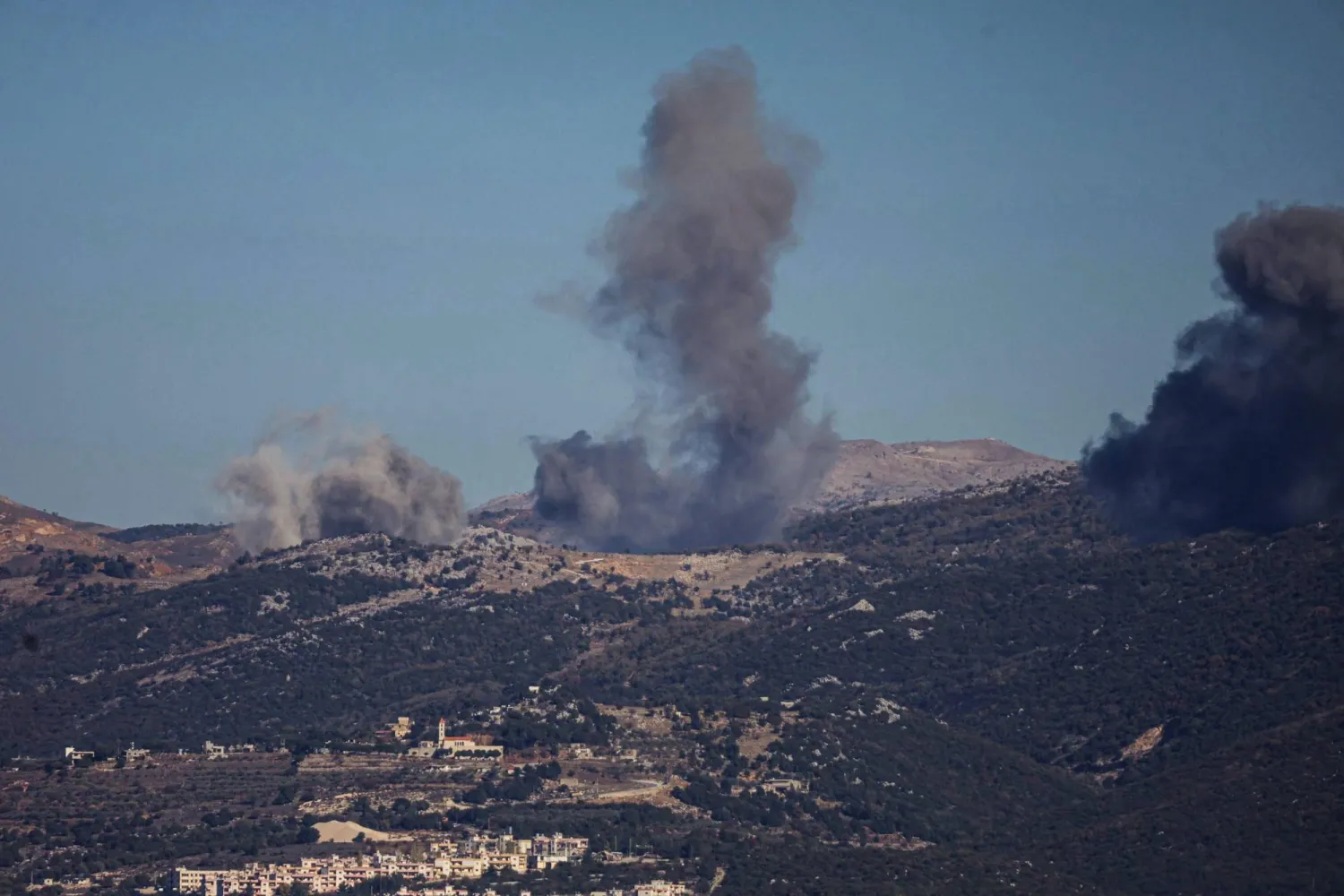At the Shanshar crossroads on the Homs-Damascus highway, there once stood one of the largest checkpoints operated jointly by the former Syrian regime’s forces. Supervised by the Fourth Division’s Security Office and Military Intelligence, the checkpoint is now abandoned. The heavily armed personnel who instilled fear, extorted money, and monitored every movement for over 12 years are gone, leaving a lasting impression of oppression, according to residents of rural Homs.
Makram, a resident of Al-Qusayr, described its removal as liberation from “a terrifying nightmare called the Shanshar checkpoint—a symbol of terror and humiliation.” Over the years, hundreds of young men were detained at the checkpoint, which lies 10 kilometers from Al-Qusayr and 15 kilometers from Homs.
The regime’s collapse last month brought down all checkpoints isolating Al-Qusayr, erected since Hezbollah took control of the town in 2012 to use it as a gateway for expanding its influence.
Fahima Mikhail, 85, expressed her relief: “Finally, Al-Qusayr is free from Hezbollah and Bashar. We have rid ourselves of a heavy nightmare.” Fahima, who was displaced between 2012 and 2015, recalled returning to a town devoid of its original inhabitants. “When we came back, we didn’t find our neighbors, friends, or relatives. The faces were all strangers who treated us like unwelcome guests,” she said.
She also recalled the horror of Israeli airstrikes targeting Al-Qusayr’s industrial zone, sometimes hitting areas near schools during class hours. “Hezbollah brought destruction to us,” she remarked.
Speaking about the regime’s checkpoints, Fahima said the locals endured humiliation and deprivation. “They impoverished the people, starved them, and imposed taxes on everything. Even if a poor man smuggled a liter of cooking oil from Lebanon to feed his children, they extorted him. Bread was obtained through humiliation, and we were deprived of electricity and water. The Orontes River’s waters were given by Bashar to hashish farmers who uprooted apricot and apple trees to plant narcotics instead.”
Having witnessed the French Mandate and every war in Syria, Fahima declared that Bashar al-Assad’s era was “the harshest.” She concluded: “Thank God, He didn’t disappoint us. They all fell in one day, and their chapter was closed. The real people of Al-Qusayr have returned—those we know, and who know us.”
Amid the devastation, a family returning from Lebanon unloaded household items near a house with cracked walls and missing doors and windows. The mother said: “We wanted to come back as soon as Al-Qusayr was liberated, but we waited 20 days because we feared crossing the border without proper papers.” Despite their home being “70 percent destroyed,” she said it was still better than a refugee tent.
Her 11-year-old daughter, Rahaf Mansour, expressed happiness despite the destruction. With rubble from Israeli airstrikes surrounding them, Rahaf said: “We’ve returned to our homeland, and now I can go to school and learn. In Lebanon, I didn’t have papers and was denied an education along with my siblings.”
Passersby greeted the family warmly, congratulating them on their “safety and victory.” “They recognized us by our faces,” the mother explained, sparing them the indignity of proving their identity.
Local estimates indicate that over 700 families have returned to Al-Qusayr from refugee camps in Lebanon and Idlib since the fall of the Assad regime. Some found their homes destroyed and moved into partially damaged houses, while others occupied homes abandoned by former regime loyalists. Many set up tents near the ruins of their homes.
A local security officer, speaking anonymously, confirmed that some Shiite families and regime loyalists who fled after Assad’s fall have also returned to Al-Qusayr. While tensions have arisen due to past grievances, efforts are underway to mediate disputes and maintain stability in the town.









